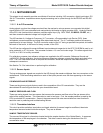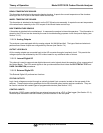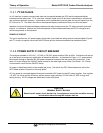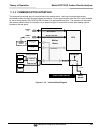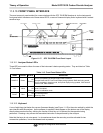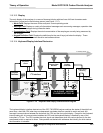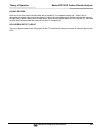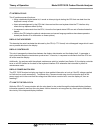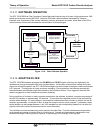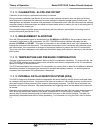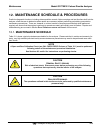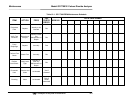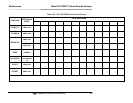
Theory of Operation Model GFC7001E Carbon Dioxide Analyzer
Teledyne Analytical Instruments 255
I
2
C INTERFACE CHIP
This IC performs several functions:
Using a dedicated digital status bit, it sends an interrupt signal alerting the CPU that new data from the
keyboard is ready to send.
Upon acknowledgement by the CPU that it has received the new keyboard data the I
2
C interface chip
resets the key-depress-detect flip-flop.
In response to commands from the CPU, it turns the front panel status LEDs on and off and activates the
beeper.
Informs the CPU when the optional maintenance and second language switches have been opened or
closed (see Section 5 for information on these options).
DISPLAY DATA DECODER
This decoder the serial translates the data sent by the CPU (in TTY format) into a bitmapped image which is sent
over a parallel data bus to the display.
DISPLAY CONTROLLER
This circuit manages the interactions between the display data decoder and the display itself. It generates a
clock pulse that keeps the two devices synchronized. It can also, in response to commands from the CPU turn
off and/or reset the display.
Additionally, for analyzers with the optional maintenance switch is installed (see Section 5), the display controller
turns on an LED located on the back of the keyboard interface PCA whenever the instrument is placed in
maintenance mode.
DISPLAY POWER WATCH DOG
The GFC 7001E Analyzer’s display can begin to show garbled information or lock-up if the DC voltage supplied
to it falls too low, even momentarily. To alleviate this, a brownout watch dog circuit monitors the level of the
power supply and in the event that the voltage level falls below a certain level, turns the display off, then on
resetting it
I
2
C LINK TO THE RELAY PCA
While the CPU’s I
2
C communication with the relay board is also routed through the keyboard/display interface,
information passed to and from the relay board via this channel is not recognized by, acted upon or affected by
the circuitry of the keyboard/display interface.



